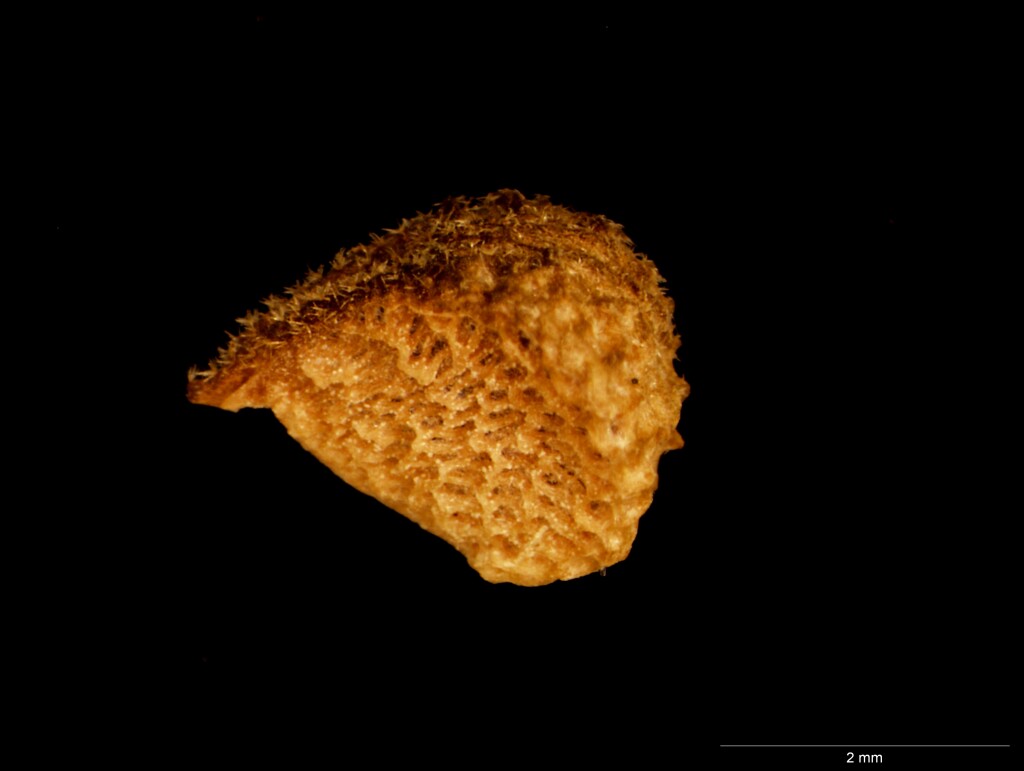Sida trichopoda
F.Muell. Narrow-leaf SidaUpright herb or subshrub, 45–75 cm tall; branchlets glabrous to densely stellate-hairy. Leaves (narrowly) ovate or elliptic, 10–30 mm long, 2–15 mm wide, rounded at base; margins serrate; both surfaces green and stellate-hairy or the lower glabrous; stipules 2–4.2 mm long. Flowers solitary; pedicel exceeding leaves, 10–60 mm long, subglabrous below articulation, densely pubescent above; calyx unribbed, divided to c. midway; lobes 1.8–2.5 mm long; petals 3–14 mm long, often deeply emarginate; styles 7–9. Fruit transversely elliptic, 5–6.5 mm diam., wrinkled at least about circumference, stellate-pubescent, usually also with simple glandular hairs, flat or with raised, rounded or acuminate central portion; mericarps 2.6–3.5 mm high, reticulate on lateral wall, splitting narrowly in 2 at apex, unawned.
MuM, Wim, VRiv, MSB, RobP, MuF, NIS. Also NT, SA, Qld, NSW. Occasional in grassland and woodland on heavy loams and grey cracking clays on the floodplain of the Murray River and lake beds north-west from near Borung.
Most easily recognized by its long pedicels, far exceeding the subtending leaves. The pedicel is articulate near the apex and is frequently glabrous below the articulation, contrasting with the dense pubescence above and on the calyx in bud. This pubescence consists of simple glandular hairs mixed with stellate hairs (visible at × 10 magnification). Similar glandular hairs also occur on the fruits, and are unique to this species of Sida in Victoria.
Barker, R.M. (1996). Sida. In: Walsh, N.G.; Entwisle, T.J., Flora of Victoria Vol. 3, Dicotyledons Winteraceae to Myrtaceae, pp. 340–345. Inkata Press, Melbourne.
 Spinning
Spinning


